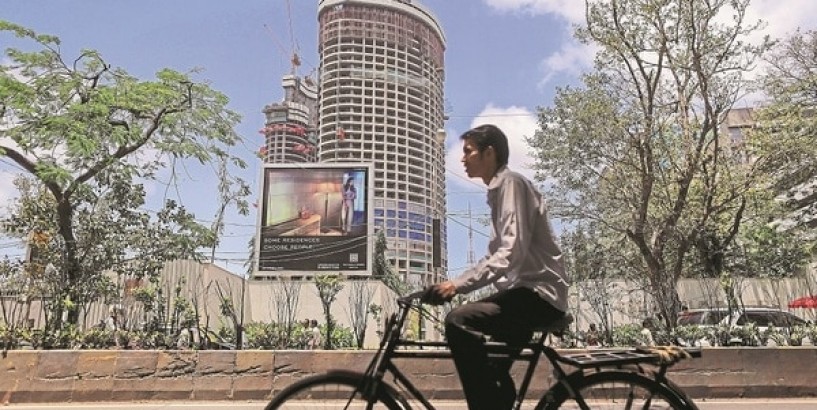March was a good month for the Indianeconomy. It glittered. The stock market rose 8%, foreign institutional investor inflows exceeded $6.6 billion, and the domestic currency gained 3% against the US dollar. This was the result of the convergence of a string of positive developments, which may also have implications for the short-term monetary policy. However, if important reforms are not undertaken, the sheen could fade. We discuss these developments and highlight their limits.
One, the US Federal Reserve’s signal that it may not raise rates this year augurs well for inflows into emerging markets. However, if the reason for the easier Fed policy is slower world growth, then this could weigh on flows into India.
Two, some election opinion polls are no longer pointing to a hung Parliament, which has had a positive impact on markets. However, the discussion will likely soon move from the stability of the government to its reforms agenda.
Three, India’s external finances have improved. The current account deficit is set to narrow on the back of lower oil prices and softer gross domestic product (GDP) growth. Inflows have risen and are likely to push the balance of payments into surplus.
Having said that, lack of export competitiveness keeps the country vulnerable to changes in oil prices or an uptick in domestic growth. Sudden reversals or a halt in capital flows are all too common in India.
Four, domestic rupee liquidity could ease after the election season is over. There are two good reasons for this.
First, with higher foreign capital inflows the Reserve Bank of India (RBI) may undertake some FX (foreign exchange) purchases, which increases domestic liquidity.
Second, as goods and services tax (GST) compliance strengthens after the elections, the acceleration in the currency in circulation witnessed in 2018 could be contained.
All of this could potentially improve the transmission of the RBI’s rate cuts.
Having said that, one area remains a challenge. A high fiscal deficit and elevated public sector borrowing by the central government, the state governments and public sector enterprises, are impeding the transmission of policy rate cuts into the long-end of the government yield curve.
Five, growth has slowed to sub-7% levels, but our analysis suggests that it is likely to rise to its 7% potential rate after the election. We find evidence that growth tends to slow in the quarter or two before national elections, as the private sector postpones spending plans.
However, by the same logic, once election-related uncertainties fade and some spending resumes, growth rises again. This, in our view, only leaves a moderate amount of space for policy easing. The more pressing question on growth is how India should go about increasing its potential growth over the medium term. The current level is lower than it was a decade ago. Six, inflation will likely remain below RBI’s 4% target for the rest of 2019.
To the extent that the positive developments we have discussed are also strengthening the rupees, our conviction about inflation remaining low has only strengthened.
These factors create room for some easing. We expect a 25 basis point rate cut to be announced at RBI’s meeting on 4 April, followed by another one in June, taking the repo rate to 5.75% by mid-year.
By March 2020, we expect food inflation to rise (from 0% y-o-y now to 3.5%), core inflation to fall (from 6% y-o-y now to 4.5-5%) and headline inflation to rest sustainably at RBI’s 4% target. As such, we do not see space for further easing beyond the 50 bps over April and June.
All said, to sustain the good times India needs to avoid excesses in policy easing and undertake key reforms that increase export competitiveness, raise fiscal revenue, speed up infrastructure roll-out and, eventually, boost India’s potential growth. It’s up to India to prove that all that glitters is indeed gold.
Pranjul Bhandari is chief economist at HSBC India.









